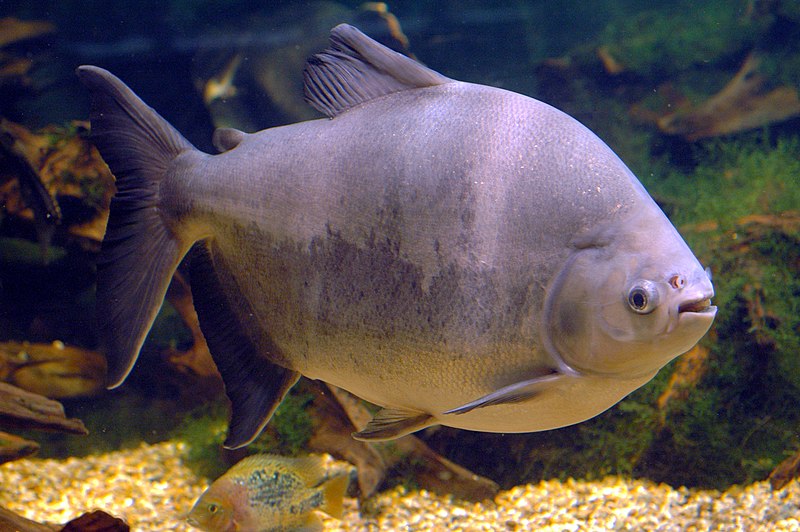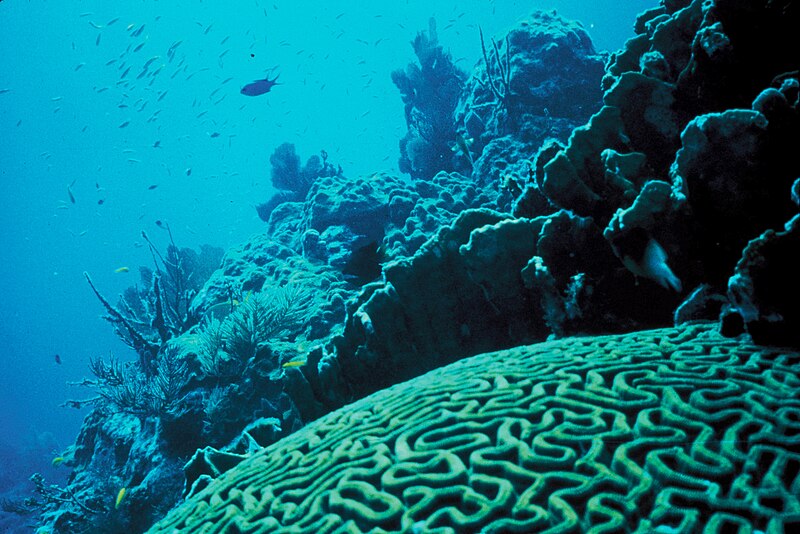 GloFish are some of the most popular, colorful and controversial fish to enter the aquarium trade in a long time. Their easy care, small size, peaceful nature and neon bright colors make them appealing to aquarists of all ages, but the modifications that cause these bright colors cause some debate among aquarists, scientists and environmentalists alike.
GloFish are some of the most popular, colorful and controversial fish to enter the aquarium trade in a long time. Their easy care, small size, peaceful nature and neon bright colors make them appealing to aquarists of all ages, but the modifications that cause these bright colors cause some debate among aquarists, scientists and environmentalists alike.
The original “GloFish” were not created for the aquarium trade. They came from a popular fish used in many different fields of research, the Zebra Danio (Danio rerio). Zebra Danios have been used in research for environmental studies, cancer research, genetics, reproductive biology, neuroscience and applications to other fields as well. They even made the trip to space in 1975 on the Russian “Salyut 5” space station. So what makes them such good research subject? Zebra Danios are easy to breed and it only takes hours for the internal organs to develop after the eggs have been fertilized (about 24-36 hours, depending on temperatures and conditions). During this time, it is easy for researchers to monitor the development of the embryo since the “shell” around the eggs is a clear membrane. The eggs can hatch about 12-36 hours after that (again, depending on the conditions). These variable time frames also mean that, while the development is being studied, conditions can be adjusted to slow down or speed up the development, depending on what exactly the researchers are trying to determine. The genetic sequence involving the structure of the Zebra Danio’s DNA and RNA is very well-known at this point and is comparable enough to our own that, by understanding how changes in this structure affect the fish, researchers are gaining more understanding into how changes in our genetic structure can affect our own health.
Originally, GloFish were being developed for two major fields: cancer research and pollution detection. In the late 1990’s/early 2000’s, researchers thought to develop a fish that would change colors when a certain pollutant was found in their water. The thought was to develop a fish that would appear normal in “ideal” conditions but when a specific chemical or type of chemical was present in the water, a “trigger” would be set off to cause the fish to “glow” with a fluorescent protein in their bodies. As a step in this direction, they began to develop a fish that would always have this flourescent “glow” in a reproducible and hereditary way that wouldn’t affect the ecosystem around them. To do this, scientists turned to a fluorescent protein naturally found in jellyfish, corals and anemones rather than potentially harmful chemical dyes. Around the same time, similar projects were using a fluorescent protein to “mark” specific genes that were thought to be a cause or sign of cancer. By pairing the fluorescent protein with the cancer-related gene, researchers could see the fluorescence increase or decrease along with the other gene and see if an increase or decrease in that gene was related to the cancer. Since the genes (and cancers) in these fish behave in much the same was as they do within ourselves, researchers are using this to develop a way to track, diagnose and treat cancer in people. Read More »
 That Fish Blog – Aquarium Advice and Information
That Fish Blog – Aquarium Advice and Information




